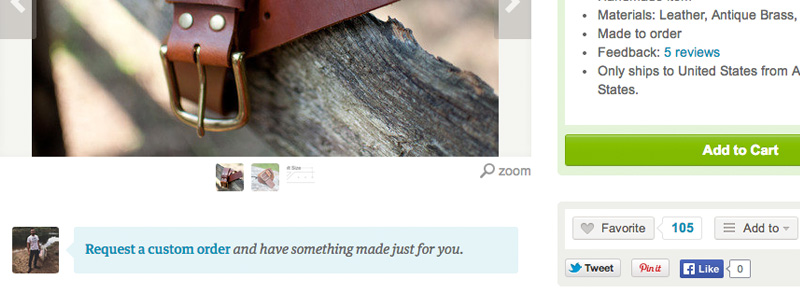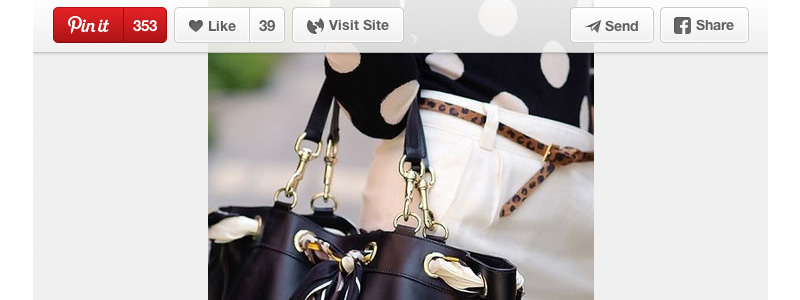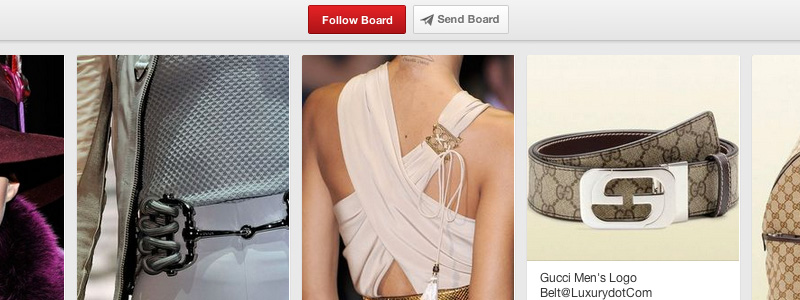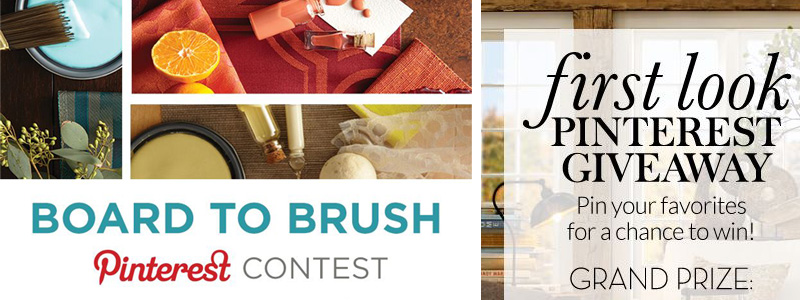BLOG
Using Pinterest for Business: Sales Conversion
Who would have thought that this image-based social media platform would be the powerhouse businesses needed to boost their sales? Pinterest has gained a huge following since its inception in 2010, and it’s continuously getting more and more users.
The beauty of Pinterest is that it’s so simple.
Getting traffic from pinterest is not hard as each link can be represented by a catchy image, so you can instantly get the attention of users so that they’d be interested in checking out your link.
But why do pinterest features should matter to marketers and brands? Why should they invest their time on pinning when they can be investing it on promoting via Facebook or Twitter or by paying for online ads?
If you’re a digital marketer promoting your brand and you are still skeptical about the power of Pinterest for marketing, prepare to have your mind blown:
Pinterest can drive more traffic than other social media sites
When you use Pinterest for your advertising ventures, you’re using a social media site that has 50% higher conversion rates than its rivals. People are more likely to be interested in your content, particularly if you have a great image and a catchy caption to go with your link.
Pinterest users spend more money than other social media site users
Pinners tend to spend more when they’re online, so they’re the perfect market for online sellers. Combine that with higher conversion rates and you’re practically advertising to sure leads! A lot of online shops have Pinterest boards that direct their followers straight to product pages. This allows users easy access into the online shop for easier transactions.

Pinterest recommendations have a huge impact on sales
Up to 47% of online consumers from the US have bought stuff online based on Pinterest recommendations. It shows how Pinterest can help increase the level of trust online buyers have for a product. In addition, a lot of Pinterest users have a penchant for online shopping. Add the propensity for online shopping with the trust they put on Pinterest recommendations and you have the ideal audience to sell to.
Only 20% of pins are original, the remaining 80% are repins
This shows that if you have a unique image posted on Pinterest, it’s highly likely that your content will be repinned over and over again. That’s means you can potentially garner a lot more brand recognition as opposed to Facebook shares, retweets and Instagram shares! Just make sure your pins are relevant to your products and to the interests of your audience.

The relevance of each pin can get 4 times more revenue per click
This is when compared to Facebook and Twitter. Facebook and Twitter are used to follow entire entities such as real people and the brands they’re interested in. Pinterest, on the other hand, gives people the option to follow only a couple of boards from a user.
For instance, they can follow a friend’s tech board but not his DIY board. This ensures that the pins on the user’s dashboard are relevant to their interest and may therefore encourage them to click through to the links.
So now you know about the wonders of Pinterest, what can you do about all the stats outlined above?

5 ways to start converting click into sales
1 – Know what your audience finds interesting
You can do an experimental board to see if any of your pins will generate any engagement, but a simpler technique is checking out what other brand pinners are doing. Check for brands in the same industry and find out which of their content gets a lot of repins, likes and comments.
This shows you what your target audience is interested in. In addition to this, take note of the pins that tend to get more attention like colorful images, images with warm color tones and those that are light on the eyes.
2 – Excite your followers with your products
As we told you before, Pinterest recommendations matter. So if your product makes it big on Pinterest, this can potentially lead to more sales. One thing you can do it to generate excitement among your followers by giving them sneak peeks of upcoming product launches.
Make it Pinterest-exclusive and promote it on other channels to ensure they go through Pinterest before they can see what all the fuss is about. Once the product gets released, pin the link to the product site to ensure that users can easily purchase your product.
3 – Hold Pinterest contests that ask users to submit Pins to your brand page
The first step is to outline how people can join your contest. This can be done by repinning certain pins from your board or pinning products that are currently on your site.
For example, cosmetics brands can ask users to go to their site and pin the cosmetics they would use during the summer season. The best boards would receive gift certificates or huge discounts if they win.
The second and most crucial step is creating a contest poster that’s catchy, informative and relevant to your audience. Lastly, post the poster pin on your board and promote it on other channels to encourage more people to join.

4 – Use Pinterest contest to get email opt-ins
One of your preferred requirements for joining the contest may be to opt in to your newsletter. You can send contest participants newsletters on your latest product updates or content. Encourage them to check out your site from time to time!
By entering your contest, the users are already expressing their interest in your brand. This makes them great leads for future promotions and contests.
5 – Measure your results
Pinterest has its own set of analytics tools to check how well your Pinterest promotion has performed. This allows you to check which content drives traffic back to your site and which content generated any sales.
In addition, you can also check which style trends help with the success of your content so that you can use it again for future promotions. Just make sure that your links can be tracked by the analytics tools before you post it on Pinterest!
How Target uses Pinterest to boost sales











